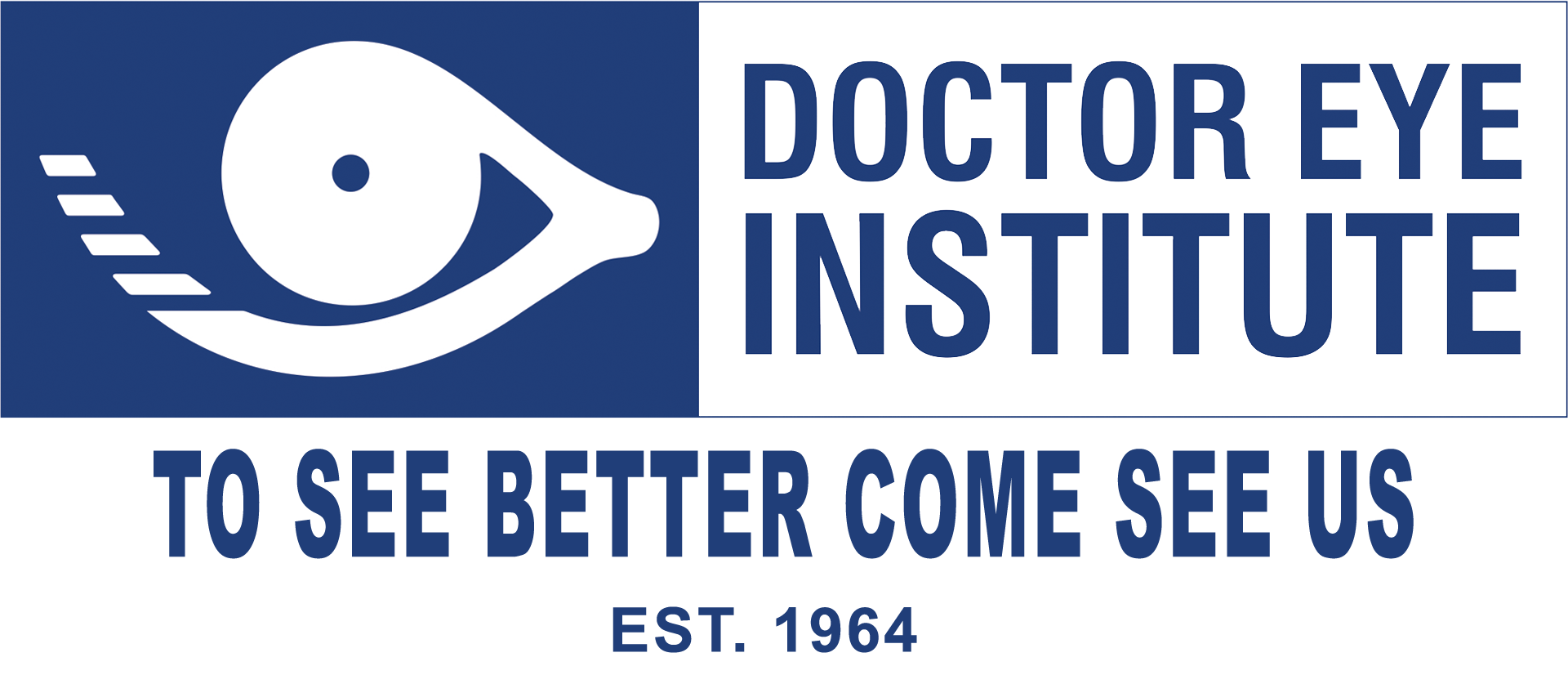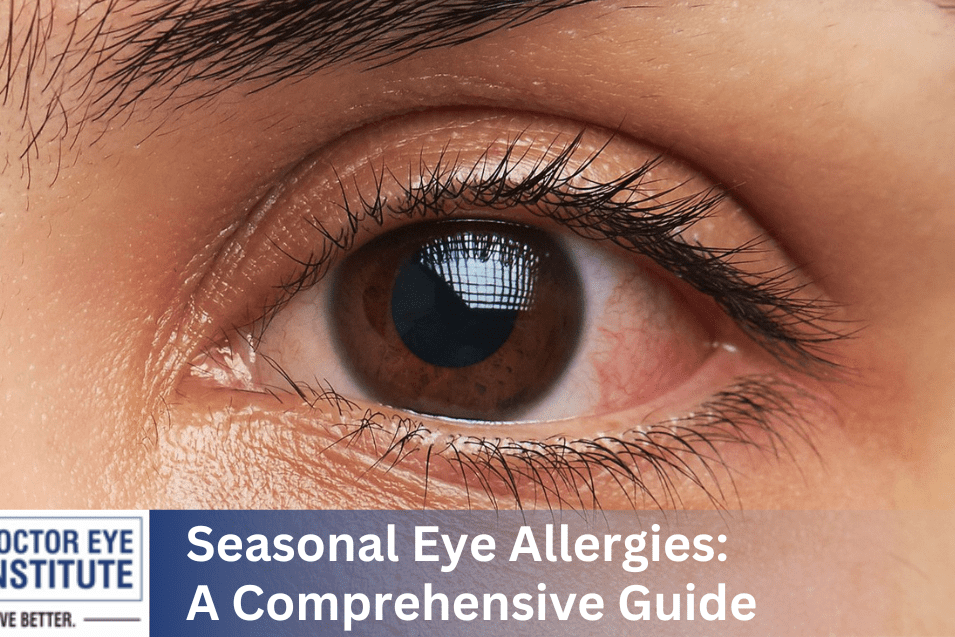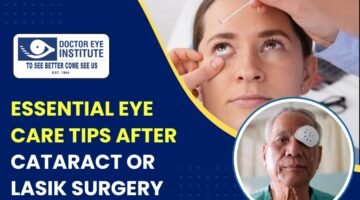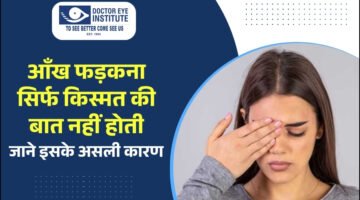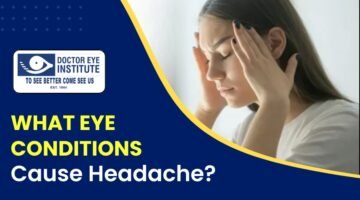Seasonal Eye Allergies: A Comprehensive Guide
Seasonal eye allergies, also known as allergic conjunctivitis and vernal keratoconjunctivitis, can be a real nuisance for many people. As the seasons change, so do the allergens in the air, triggering a host of uncomfortable symptoms in those who are susceptible.
In this blog, we’ll explore the two main types of seasonal eye allergies, their symptoms, causes, and effective prevention strategies. Additionally, we’ll discuss when it’s crucial to seek medical attention for relief.
Types:
There are two primary types of seasonal eye allergies. The first is allergic conjunctivitis, which is the most common type. It occurs when the conjunctiva, the thin membrane covering the white part of your eye and the inside of your eyelids, becomes irritated due to an allergic reaction.
The second type is vernal keratoconjunctivitis, which is less common but more severe. It typically affects young males and can cause inflammation in the cornea, the clear front part of the eye. This condition often persists beyond the typical allergy season.
Symptoms:
Seasonal eye allergies manifest with a range of uncomfortable symptoms. These include itchy, watery eyes that often lead to excessive tearing. Redness in the eyes is common, as are swollen eyelids and a burning or stinging sensation. Some individuals may experience a stringy eye discharge, sensitivity to light, or even blurred vision. These symptoms can significantly impact your daily life during allergy season.
Causes:
The root cause of seasonal eye allergies lies in allergic reactions to various allergens present in the environment. Common allergens that trigger these eye allergies include pollen from trees, grass, and weeds. Additionally, dust mites, pet dander (tiny flecks of skin and hair from animals), mold spores, and even smoke and air pollution can provoke allergic responses in the eyes. When these allergens come into contact with your eyes, your immune system releases histamines, leading to the irritating symptoms mentioned above.
Prevention:
Although complete avoidance of allergens can be challenging, you can take several steps to minimize your exposure and reduce the likelihood of seasonal eye allergies. Keeping windows and doors closed during peak allergy seasons prevents pollen from entering your home. Air purifiers equipped with HEPA filters can help remove allergens from indoor air.
On high pollen count days, especially during windy conditions, limit outdoor activities and consider wearing wraparound sunglasses to protect your eyes. Regular hand washing, especially after outdoor activities, can prevent allergens from transferring to your eyes. Over-the-counter antihistamine eye drops or oral antihistamines may provide relief for mild symptoms, but consult a healthcare professional before using any medication.
When to See a Doctor for Seasonal Eye Allergies?
While OTC treatments may alleviate mild symptoms, it’s essential to consult an eye doctor when your symptoms are severe, persistent, or do not improve with OTC treatments. Seek medical attention if you experience eye pain, changes in vision, or notice a green or yellow discharge from your eyes, which could indicate an infection. If your eye allergies are affecting your quality of life, a healthcare professional can provide a proper diagnosis, recommend prescription medications, or suggest allergy shots (immunotherapy) for long-term relief.
In conclusion, seasonal eye allergies can be bothersome, but with the right knowledge and precautions, you can effectively manage and minimize their impact on your daily life. Remember to consult a healthcare professional if your symptoms become unmanageable or if you have concerns about your eye health.
If you’re experiencing seasonal eye allergies, don’t suffer in silence! Schedule an appointment with Doctor Eye Institute today for expert diagnosis and treatment.

